I was trying to solve a system of 2 differential equations using python script, but it seems I'm doing something wrong.
I have 2 equations:
dx/dt = ax - bxy
dy/dt = -cx + dxy
The integration interval is [15; 45].
a, b, c, d coefficients are given as well.
The code I`m using to calculate this is below:
def get_next_v(_v_i: float, _q: List[float]) -> float:
assert len(_q) == 4
_q_s = _q[0] + 2 * _q[1] + 2 * _q[2] + _q[3]
return _v_i + ((1 / 6) * _q_s)
def get_qi_seq(_h: float, _t_i: float, _x_i: float, _y_i: float,
_a: float, _b: float, _c: float, _d: float) -> Tuple[List[float], List[float]]:
# x' = ax - bxy
# y` = -cy + dxy
_k_1 = _h * x(_x_i, _y_i, _a, _b)
_q_1 = _h * y(_x_i, _y_i, _c, _d)
_k_2 = _h * x(_x_i + _h / 2, _y_i + _k_1 / 2, _a, _b)
_q_2 = _h * y(_x_i + _h / 2, _y_i + _q_1 / 2, _c, _d)
_k_3 = _h * x(_x_i + _h / 2, _y_i + _k_2 / 2, _a, _b)
_q_3 = _h * y(_x_i + _h / 2, _y_i + _q_2 / 2, _c, _d)
_k_4 = _h * x(_x_i + _h, _y_i + _k_3, _a, _b)
_q_4 = _h * y(_x_i + _h, _y_i + _q_3, _c, _d)
return [_k_1, _k_2, _k_3, _k_4], [_q_1, _q_2, _q_3, _q_4]
def x(_x_i: float, _y_i: float, _a: float, _b: float) -> float:
return (_x_i * _a) - (_b * _x_i * _y_i)
def y(_x_i: float, _y_i: float, _c: float, _d: float) -> float:
return (- (_y_i * _c)) + (_d * _x_i * _y_i)
def get_x_y_vals(_t0: float, _T: float, _x0: float, _y0: float, _h: float,
_a: float, _b: float, _c: float, _d: float) -> List[List[float]]:
_t = _t0
_xi = _x0
_yi = _y0
_res = [[_t, _xi, _yi]]
while _t < _T:
_ki, _qi = get_qi_seq(_h, _t, _xi, _yi, _a, _b, _c, _d)
_xi = get_next_v(_xi, _ki)
_yi = get_next_v(_xi, _qi)
_t += _h
_res.append([_t, _xi, _yi])
return _res
def main():
# # a = 1.75
# # b = 2.15
# # c = 1.35
# # d = 0.82
# # interval = [14, 44]
# # e = 10 ** -3
#
a = 1.77
b = 2.17
c = 1.38
d = 0.89
x0 = 3.39
y0 = 2.13
interval = [15, 45]
e = 10 ** -3
vals = get_x_y_vals(interval[0],
interval[1],
x0,
y0,
0.1,
a, b, c, d)
print(get_h(e))
print(vals)
t_range = [_item[0] for _item in vals]
x_range = [_item[1] for _item in vals]
y_range = [_item[2] for _item in vals]
plt.plot(t_range, x_range)
plt.plot(t_range, y_range)
# plt.plot(x_range, y_range)
plt.show()
The problem is, that the example from the book I`m trying to replicate has an absolutely different plot.
Example plot:
My result:
What am I doing wrong and how can I fix this?

